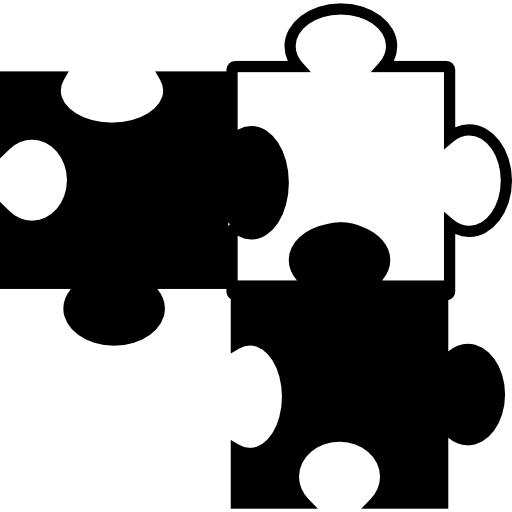I looked all over for a date and got everything from “early 1800s” to “late 1800s” but nothing exact, so I had to make an educated guess. The first cameras practical enough to take such a photo were developed around 1840 and the excavations began in 1867.


Archaeologists still do lots of digging, and sometimes even leave what’s dug up there, although it’s often reburied. And it is true that archaeology is inherently destructive. But it’s sometimes also necessary to learn anything about the past. Also, in the case of the Maya, it’s often more about clearing away vegetation than it is digging things up. The vegetation is already being destructive, so clearing it is often the best thing to do.
Post reminded me of Machu Picchu, before and after. It was practically completely grown over.
If memory serves, there were locals in the area that knew vaguely of an old ruin on top of the hills, and I think some had even gone there to look around, but the knowledge of how extensive the structures were and how much was still intact were completely lost to time, along with the original name.
When it was rediscovered to the outside world in the early 1900s, there were a couple of families living in the ruins, and inscriptions and evidence that other people had also made use of the ruins over the centuries.
Later, anthropologists realized from older writing that the site had been rediscovered and forgotten several times by the outside world.